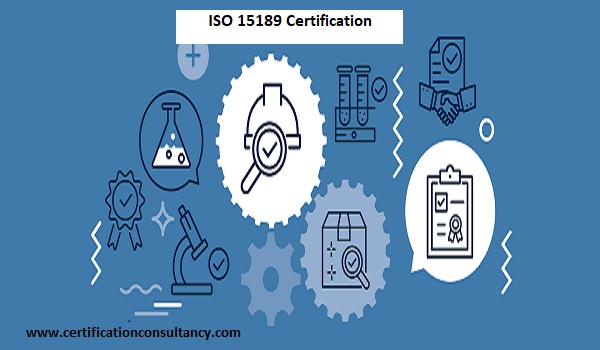The objective of ISO 15189:2022 is to improve patient trust in the competence and quality assurance of their medical laboratories, hence promoting patient well-being and happiness. To achieve this, all QMS components in a medical laboratory must be considered, including sample handling and collection, risk management, personnel competency standards, metrological traceability of results, waste disposal, and others.
This standard is based on ISO 9001:2015, which outlines basic requirements for QMS with an emphasis on medical laboratories, and ISO 17025:2017, which outlines requirements regarding testing and validation expertise in laboratories, which ensures the accuracy of equipment.
How to Determine If a Laboratory Is ISO 15189 Accredited
Most ISO 15189-accredited medical laboratories will praise it from the rooftops (and deservedly so!). On their official website, they will frequently have the ISO 15189 approved logo or a copy of the ISO 15189 certification available for download.
The website of their accreditation authority, as stated above, is the most dependable source for confirming their certificate is still valid.
If you can't find a list of authorised medical laboratories on their website, you can contact the accreditation authority directly to validate the validity of an ISO 15189 certificate.
Guidelines for Achieving ISO 15189 Certification
Are you considering obtaining ISO 15189 certification for yourself?
Here are some top suggestions and essential elements to put in place to make your certification procedure as quick, easy, and profitable as possible.
Leadership Motivation
The head of the laboratory is required to establish the quality management system according to ISO 15189. To ensure employee buy-in, management must explain the advantages of ISO 15189. Regular communication is essential for progress reports and emphasising strong staff engagement, through team meetings, emails, and newsletters.
Participation of Employees & Training
For ISO 15189 to be successfully integrated into medical laboratory operations, staff involvement is essential. Encourage them to provide ideas and insights, collaborate with cross-functional teams to enhance procedures, and share their knowledge. To assist staff in understanding ISO 15189 requirements, their roles, and duties, provide training and educational programmes. In addition to guaranteeing ongoing improvement and avoiding non-conformity, this enhances implementation.
Adaptability to the Laboratory's Unique Requirements
To properly apply ISO 15189 in your medical laboratory, you must completely understand your specific scope of services, patient population, and other regulatory requirements.
Before implementation, a gap analysis should be performed to identify any areas where your laboratory's visible practises and processes differ from ISO 15189 criteria.
This enables your leadership team to prioritise and address the deficiencies that are of greatest significance to the laboratory's operations and its quality management system. These gaps should be prioritised based on their impact on patient safety, regulatory compliance, and overall laboratory performance.
Seeking Help and Guidance
If you require further assistance or guidance in obtaining ISO 15189 accreditation, your accrediting authority can provide information on their specific accreditation process.
Some firms with little to no experience with ISO 15189 choose to hire an ISO 15189 consultant to help them get up and running and with compliance with standard.
ISO 15189 certification improves your laboratory's credibility, reputation, and international recognition, giving you a competitive advantage and recruiting new patients, medical professionals, and research collaborators. It additionally promotes a culture of continuous improvement, ensuring that your laboratory performs at peak efficiency, producing dependable and accurate results from tests while putting patient safety and quality first.


No comments yet